Secure Chat Application with Cryptography

Project Overview
The Secure Chat Application is an advanced messaging system built in Java, designed to demonstrate the practical application of cryptographic techniques in ensuring secure communication. The project includes a client-server architecture, a Public Key Infrastructure (PKI) for certificate and key management, and multiple encryption methods for message confidentiality, integrity, and authenticity.
Goals
- Enable secure communication between users.
- Implement cryptographic protocols to safeguard messages.
- Develop a comprehensive PKI for managing public keys and digital certificates.
Key Features of the Secure Chat Application
- Cryptographic Techniques The project implements the following encryption methods:
Plaintext Messages:
- Messages sent without any encryption (for demonstration purposes only).
Symmetric Encryption:
- Utilizes a shared secret key to encrypt and decrypt messages.
- Keys are exchanged securely using the PKI.
Asymmetric Encryption:
- Messages are encrypted with the sender’s private key and decrypted using the recipient’s public key.
Digital Signatures:
- Ensures message authenticity and integrity by hashing the message and encrypting the hash with the sender’s private key.
Digital Envelopes:
- Combines symmetric encryption for message content and asymmetric encryption for the symmetric key.
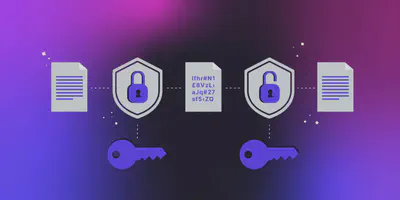
- Public Key Infrastructure (PKI) The PKI acts as the backbone for managing cryptographic keys and certificates. It includes:
Certificate Authority (CA):
- Issues and manages digital certificates.
- Associates public keys with user identities.
Key Management:
- Stores and updates public/private key pairs.
- Facilitates secure key exchanges between users.
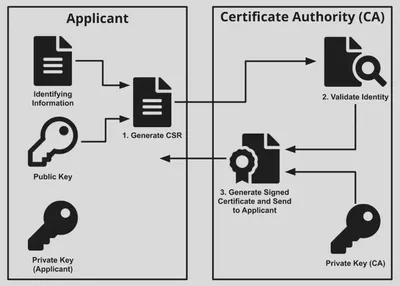
- Client Application The client application supports the following features:
User Registration:
- Registers user information along with their public/private key pairs.
- Generates digital certificates for authentication.
Messaging:
- Sends and receives messages with options to select encryption levels.
- Validates digital signatures and decrypts messages using appropriate methods.
Contact Management:
- Allows users to add and manage contacts securely.
Session Initialization:
- Uses a secure authentication protocol with two-factor authentication.
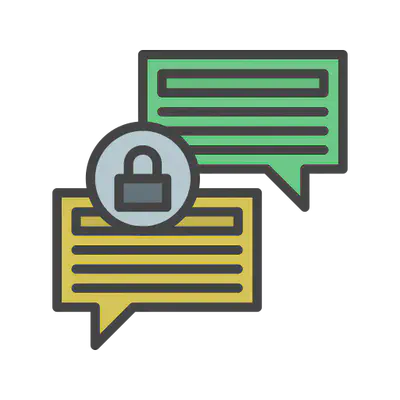
- Server Component The central server manages client connections and facilitates secure communication. Its responsibilities include:
- Storing and forwarding messages.
- Maintaining user data and certificates.
- Interfacing with the PKI for key retrieval and validation.
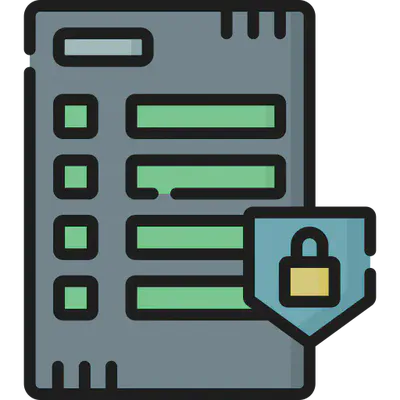
Implementation Details
Technologies Used
- Programming Language: Java.
- Networking: Sockets and threads for client-server communication.
- Database: Embedded databases for storing user credentials, messages, and certificates.
Protocols and Security Mechanisms
Authentication Protocol (PFS):
- Ensures secure user authentication with two factors.
- Prevents unauthorized access to the system.
Message Structure: Each message is an object containing:
- Content code (indicates the type of service).
- Sender and receiver identifiers.
- Message content (encrypted or plain).
- Event ID for tracking and validation.
Cryptography in Action
- Key Exchange
- Public/private key pairs are generated during user registration.
- Keys are securely shared using the PKI.
- Message Encryption
- Symmetric Encryption: Fast and efficient for large messages.
- Asymmetric Encryption: Adds security for key exchange and digital signatures.
- Digital Signatures
- Ensures that the sender is authenticated.
- Detects any tampering with the message content.
- Digital Envelopes
- Combines the speed of symmetric encryption with the security of asymmetric encryption.

Components of the Final Secure Chat Application
The final implementation of the Secure Chat Application integrates multiple components to deliver a robust, secure, and user-friendly messaging platform. Each element has been meticulously designed to ensure seamless operation, advanced security, and intuitive usability.
- Login Interface
- Purpose:
- Provides secure access to the chat application.
- Implements multi-factor authentication (MFA) for enhanced security.
- Features:
- Username and Password: Basic credentials for user authentication.
- Secret Phrase: Adds an extra layer of security, unique to each user.
- Certificate Upload: Users must upload their
.cerfile to verify their identity through the Public Key Infrastructure (PKI). - Private Key Integration: Ensures user authenticity by validating the private key.
- Automated Transition to Chat UI: Upon successful authentication, the login interface seamlessly transitions to the Chat UI, granting users access to secure messaging.
- Purpose:
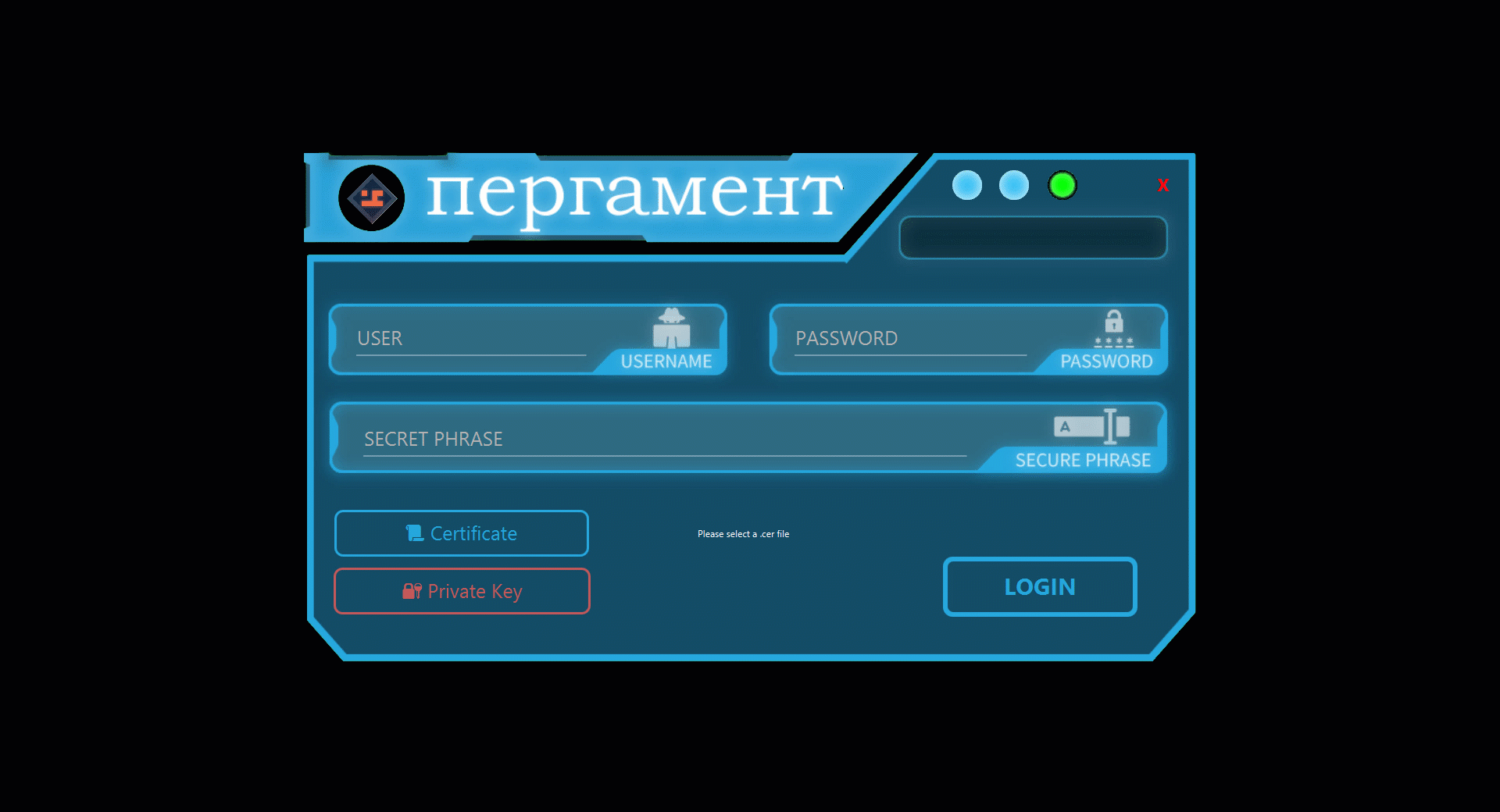
- Public Key Infrastructure (PKI) Status Panel
- Purpose:
- Acts as the backend certificate authority, managing cryptographic keys and certificates.
- Features:
- Real-Time System Feedback:
- Displays the current status of the database connection and other critical operations.
- Logs activities such as database creation, connection establishment, and certificate updates.
- Certificate and Key Management:
- Handles the storage, creation, and retrieval of public/private key pairs and certificates.
- Ensures secure communication between all entities in the system.
- Real-Time System Feedback:
- Purpose:
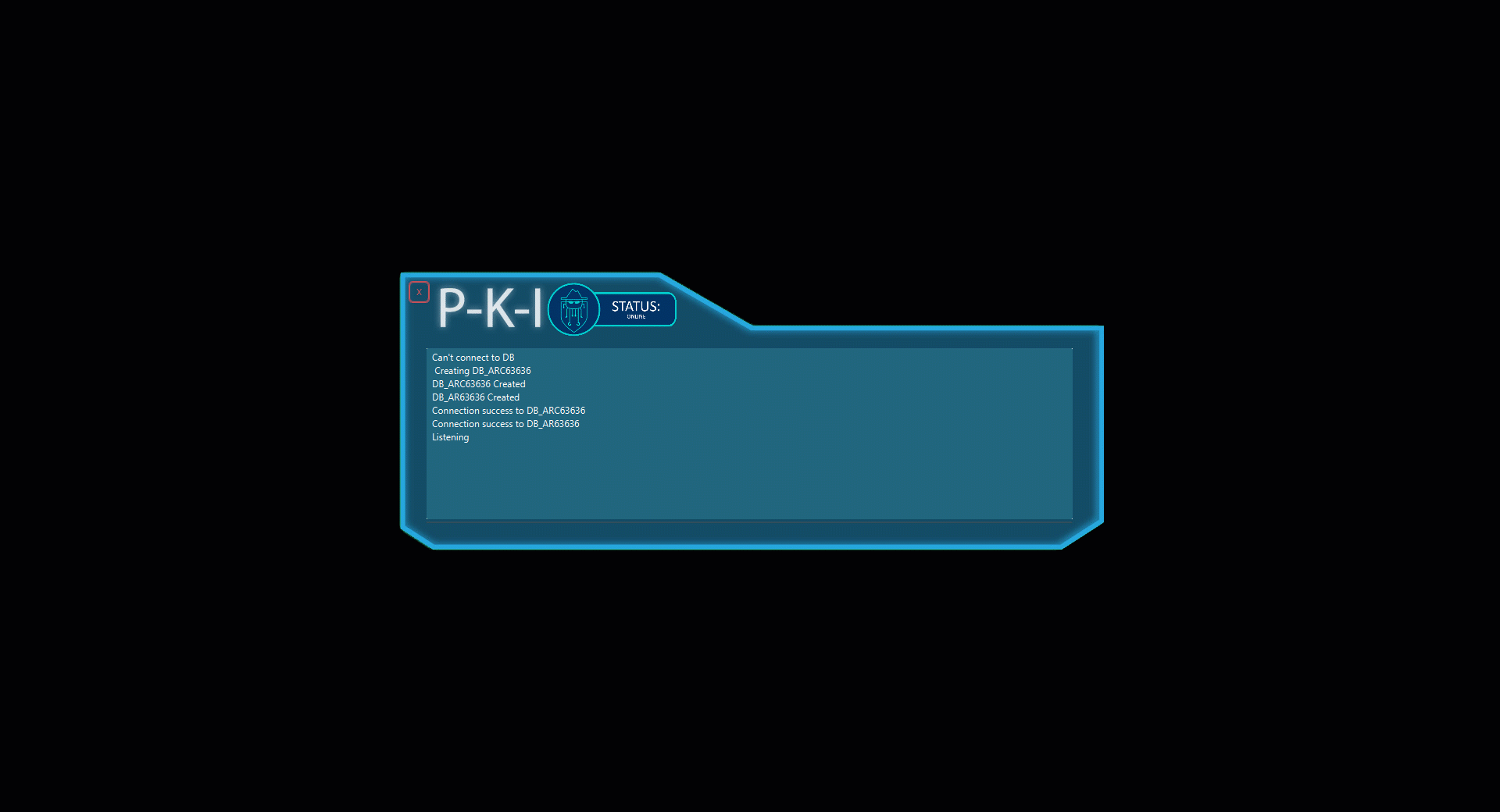
- User Registration Interface
- Purpose:
- Allows new users to securely register with the chat system.
- Features:
- User Number: A unique identifier for each user.
- Username and Password: Standard authentication credentials.
- Secure Phrase: Enhances security by encrypting the user’s private key.
- Certificate Generation:
- Automatically generates public/private key pairs and issues a digital certificate upon registration.
- Validation:
- Prevents duplicate user numbers and enforces unique credentials.
- Purpose:

- Chat UI
- Purpose:
- The primary interface for sending and receiving secure messages.
- Features:
- Encrypted Messaging:
- Supports multiple encryption levels: plaintext, symmetric, asymmetric, digital signatures, and digital envelopes.
- Contact Management:
- Enables users to add, remove, and manage their contacts securely.
- Message History:
- Stores encrypted message logs for future reference.
- Real-Time Interaction:
- Facilitates instant message exchange through efficient networking and PKI-based validation.
- Encrypted Messaging:
- Dynamic Launch:
- Automatically opens upon successful login, ensuring a smooth user experience.
- Purpose:

System Advantages
Security:
- Messages are encrypted end-to-end.
- PKI ensures authenticity and prevents key spoofing.
Flexibility:
- Users can select the desired encryption level for each message.
Scalability:
- Designed to support multiple clients and secure message exchanges simultaneously.
Conclusion
The Secure Chat Application demonstrates the effective use of cryptographic principles in modern communication systems. By combining client-server architecture with advanced cryptographic techniques and a robust PKI, the project highlights the importance of encryption in protecting sensitive information. This application serves as a foundation for building even more secure and scalable messaging systems.